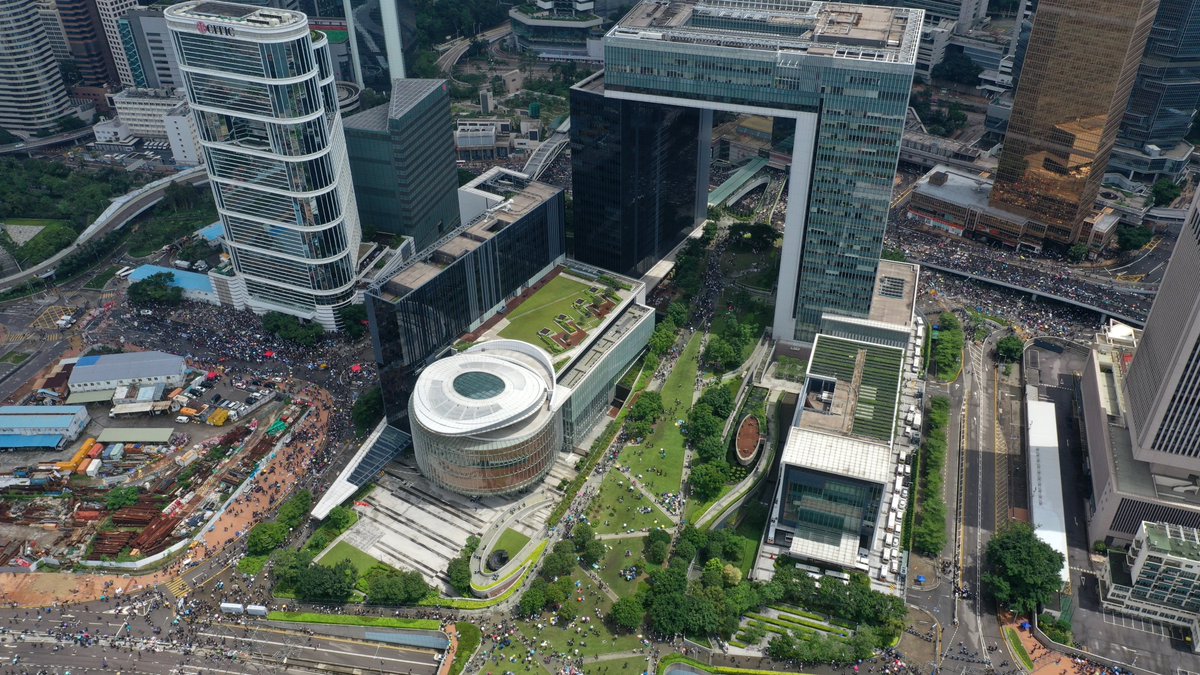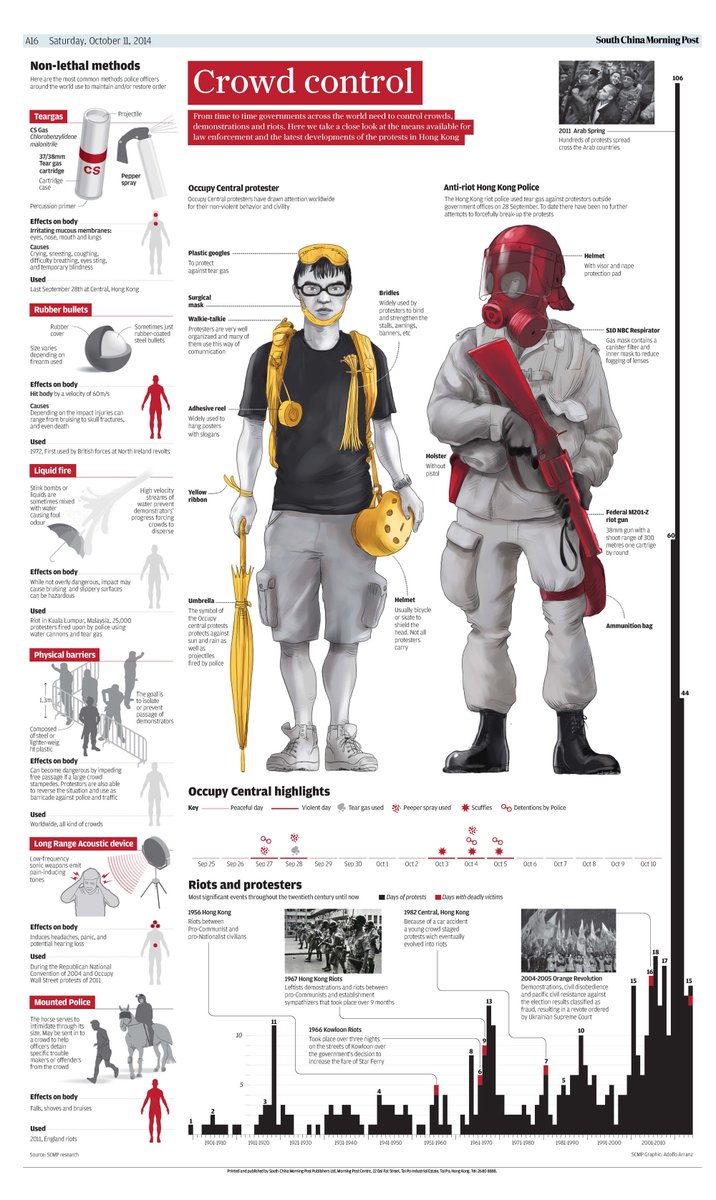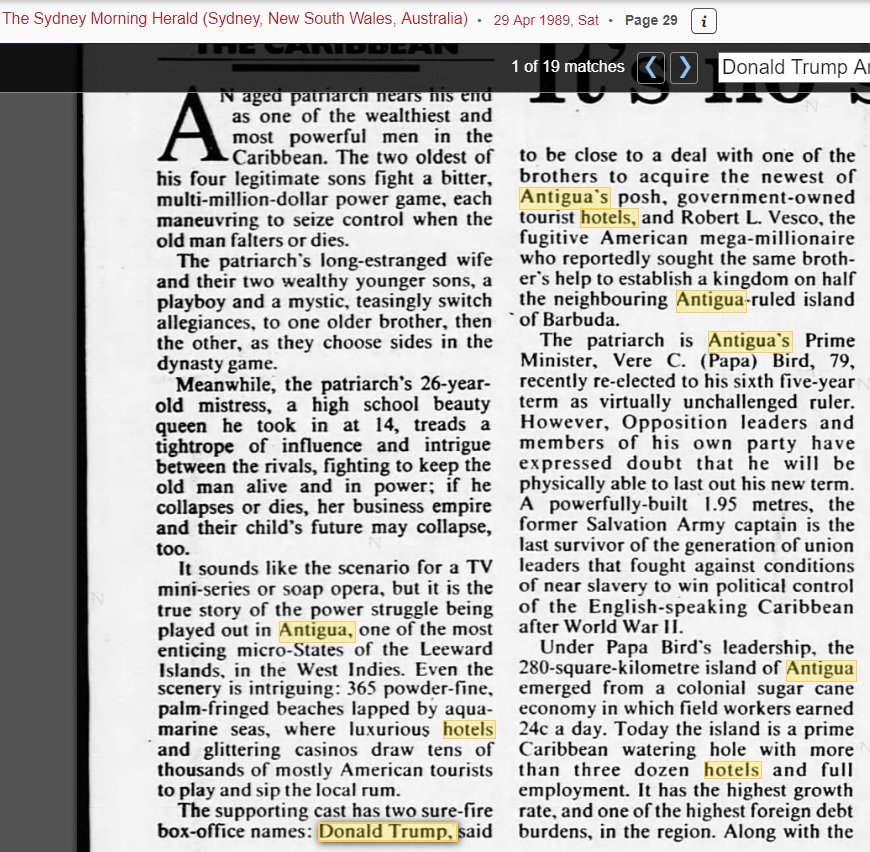Photo: SCMP/Martin Chan

While Pacific Place was the biggest mall in the area, it was not where most protesters ate.
Many could be seen recharging themselves, and their phones, at the McDonald’s adjacent to the usually busy thoroughfare outside the government headquarters.
Given the urban setting of the protests, bathrooms are generally not an issue.
There are plenty of mall and restaurant bathrooms near the demonstration area, in addition to a handful of public ones.
Most protesters exchanged information through messaging apps, such as WhatsApp and Telegram, and used internet forums.
Many of them had participated in or witnessed the 2014 occupation, aka Umbrella Revolution, and had an almost instinctive sense of where to go and what to do.
We’re taking questions from our newsletter readers! Here's one we got today: "How would the passage or defeat of this bill impact the possibility of Taiwanese reunification?"
















